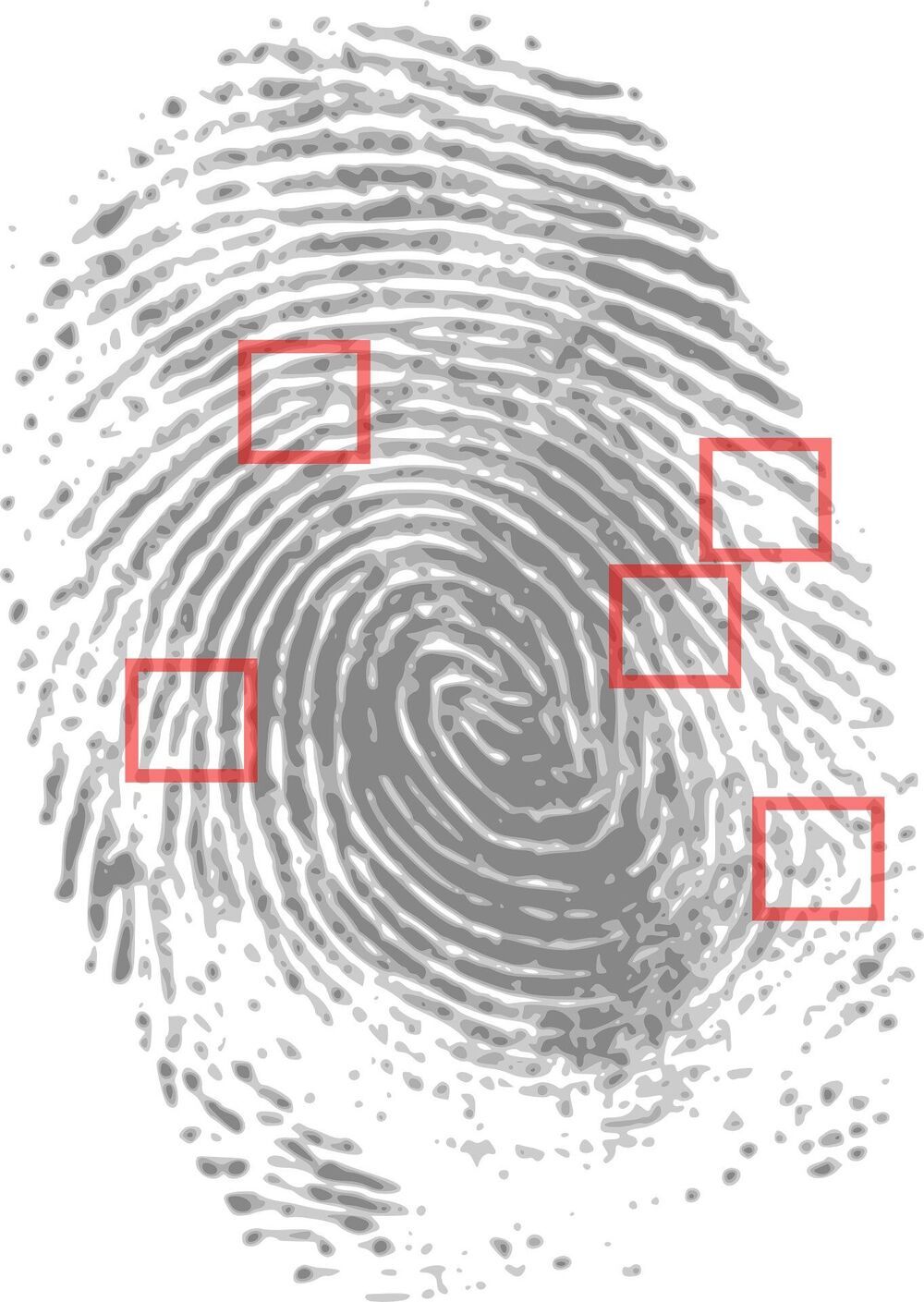The National Center of Excellence in Mass Spectrometry Imaging at NPL, in collaboration with the University of Surrey and Ionoptika Ltd reveal latest findings showing how a single fingerprint left at a crime scene could be used to determine whether someone has touched or ingested class A drugs.
In a paper published in Royal Society of Chemistry’s Analyst journal, the consortium reveal how they have been able to identify the differences between the fingerprints of people who touched cocaine compared with those who have ingested the drug—even if the hands are not washed. The science behind the advance is the mass spectrometry imaging tools applied to the detection of cocaine and its metabolites in fingerprints.
In 2020 researchers were able to determine the difference between touch and ingestion if someone had washed their hands prior to giving a sample. Given that a suspect at a crime scene is unlikely to wash their hands before leaving fingerprints, these new findings are a significant advantage to crime forensics.
